

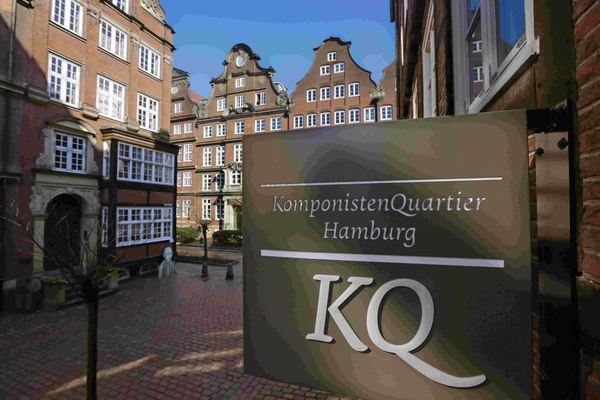
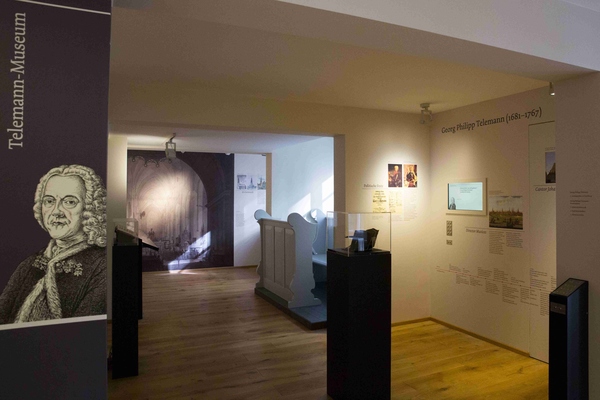
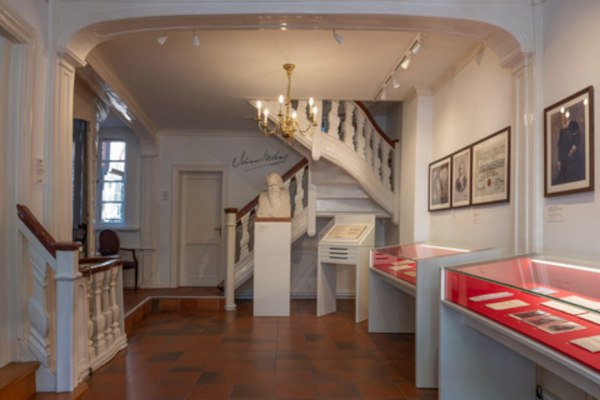
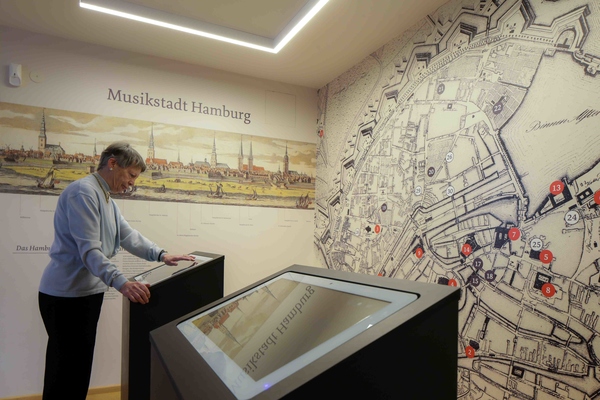
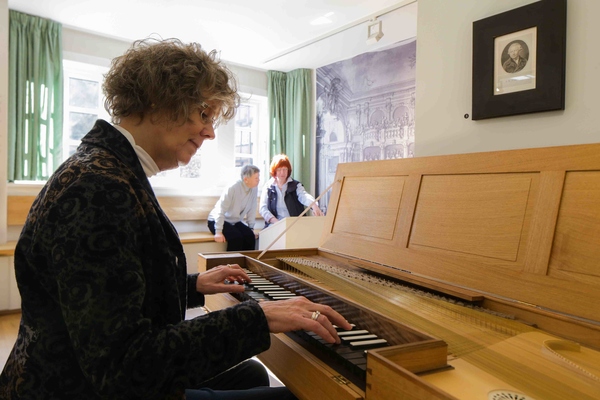
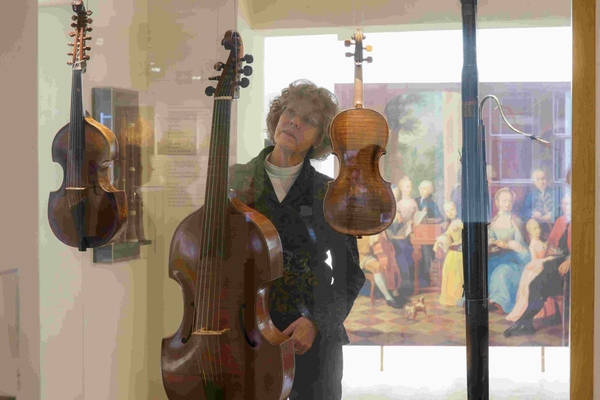
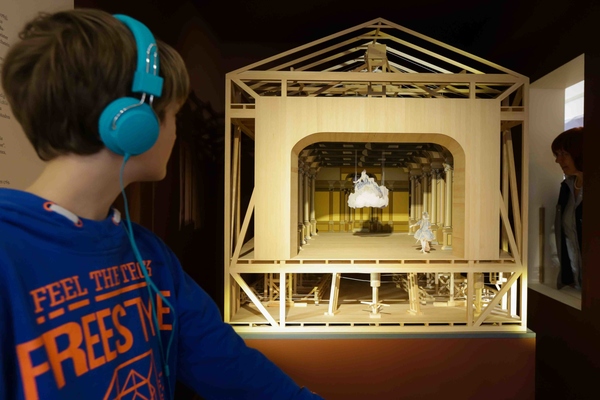
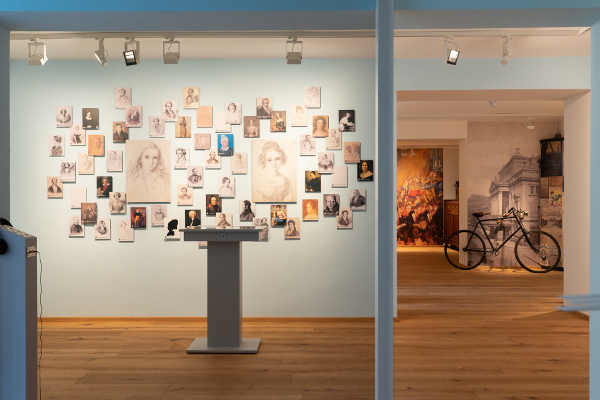
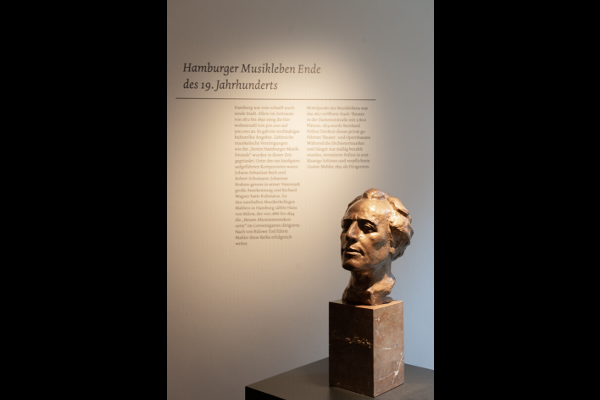
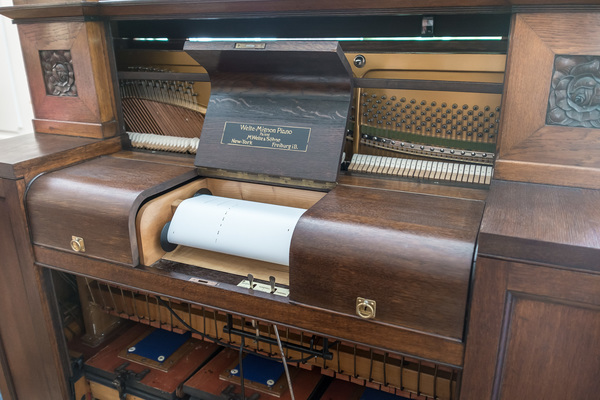
Komponisten-Quartier Hamburg e.V.
Peterstraße 29-39
20355 Hamburg
Telefon: +49.40.636 078 82
Web: www.komponistenquartier.de
E-Mail: info@komponistenquartier.de
Johann Adolf Hasse Museum Hamburg
Carl Philipp Emanuel Bach Museum Hamburg
Telemann-Museum Hamburg
Fanny und Felix Mendelssohn Museum Hamburg
Brahms-Museum Hamburg
Gustav-Mahler-Museum Hamburg
Dienstag bis Sonntag, feiertags:
10 Uhr bis 17 Uhr
1. Jan, 24./ 25./ 31. Dezember geschlossen
Georg Philipp Telemann, Carl Philipp Emanuel Bach, Johann Adolf Hasse, Fanny und Felix Mendelssohn, Johannes Brahms und Gustav Mahler: Im KomponistenQuartier wandeln Sie auf den Spuren von sieben bedeutenden Persönlichkeiten der Musikgeschichte, die mit Hamburg eng verbunden sind. In einer der schönsten Straßen der Hansestadt präsentiert sich das KomponistenQuartier mit einem reizvollen Gegensatz zwischen traditionellem Charme und modernem Ausstellungskonzept. Begeben Sie sich auf eine musikalische Entdeckungsreise durch die Jahrhunderte!
„Weil ich von einer Welt träume, in der jeder Mensch die Chance hat, Zugang zur klassischen Musik zu finden, einer Welt, in der ästhetische Erfahrungen Teil des menschlichen Alltags sind und die Beschäftigung mit klassischer Musik selbstverständlich zum Leben gehört, unterstütze ich das KomponistenQuartier. Hier wird die musikalische Geschichte der Stadt Hamburg lebendig.“
Schirmherr Kent Nagano, Dirigent
Deutschland verfügt über musikalische Traditionen und Nachlässe von außerordentlichem Wert: Händel, Schütz und Bach, Beethoven, Mendelssohn, Schumann, Brahms und Wagner sind - um nur einige Namen zu nennen - weltweit bekannte und geschätzte Komponisten. Ihr Wirken hat eine einzigartige Musiklandschaft wesentlich mitgeformt.
Zahlreiche Orchester, Chöre und Ensembles, renommierte Musikfestivals und -reihen, Musikerhäuser mit Museen, öffentliche Archive und Bibliotheken, aber auch private Sammlungen bewahren ihr musikalisches Erbe.
Diesen unschätzbaren Fundus gilt es immer wieder neu zu beleben und für die Gegenwart zu erschließen. Den in der Arbeitsgemeinschaft Musikermuseen Deutschlands zuusammengeschlossenen Häusern kommt dabei eine wichtige Rolle zu. In ihnen begegnen wir dem Werk von Musikern und Komponisten, die die Kulturnation Deutschland außerordentlich bereichert haben. Über das individuelle Portrait, über die Vermittlung des einzelnen Œuvres hinaus tragen die Musikermuseen aber auch zur Pflege musikalischer Tradition insgesamt bei. Die vorliegende Broschüre unterstreicht diesen Aspekt der Zusammenschau, und sie lädt zu einer Reise in die Musikgeschichte Deutschlands ein. Ich wünsche diesem Reiseführer regen Gebrauch und eine große Resonanz.
Bernd Neumann, MdB
Staatsminister bei der Bundeskanzlerin
Der Beauftragte der Bundesregierung für Kultur und Medien
Zitat: Vorwort zur Broschüre der Arbeitsgemeinschaft "Musikermuseen in Deutschland", 2007.